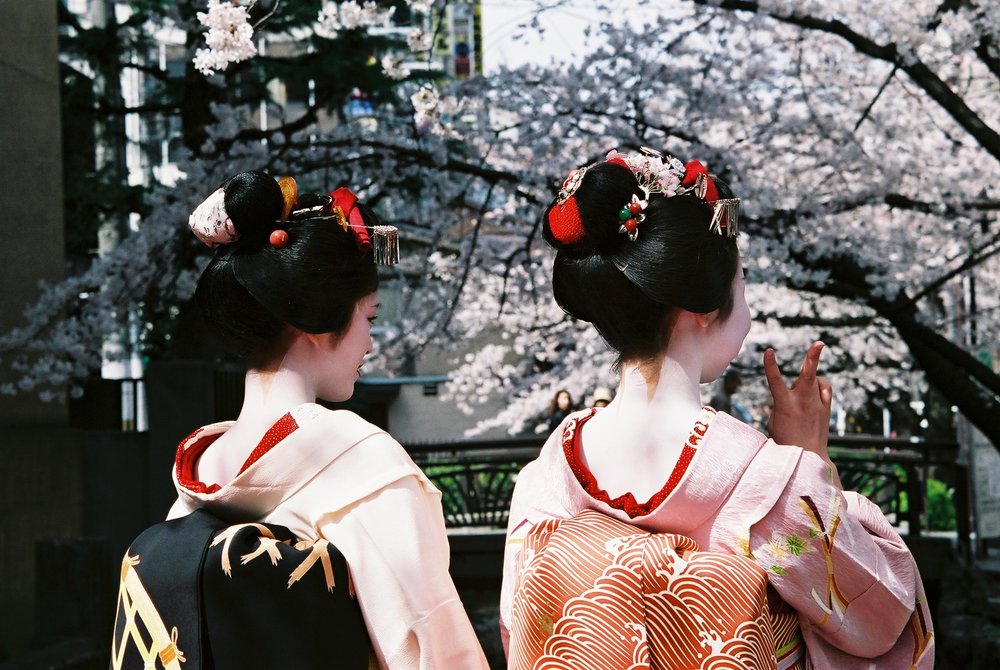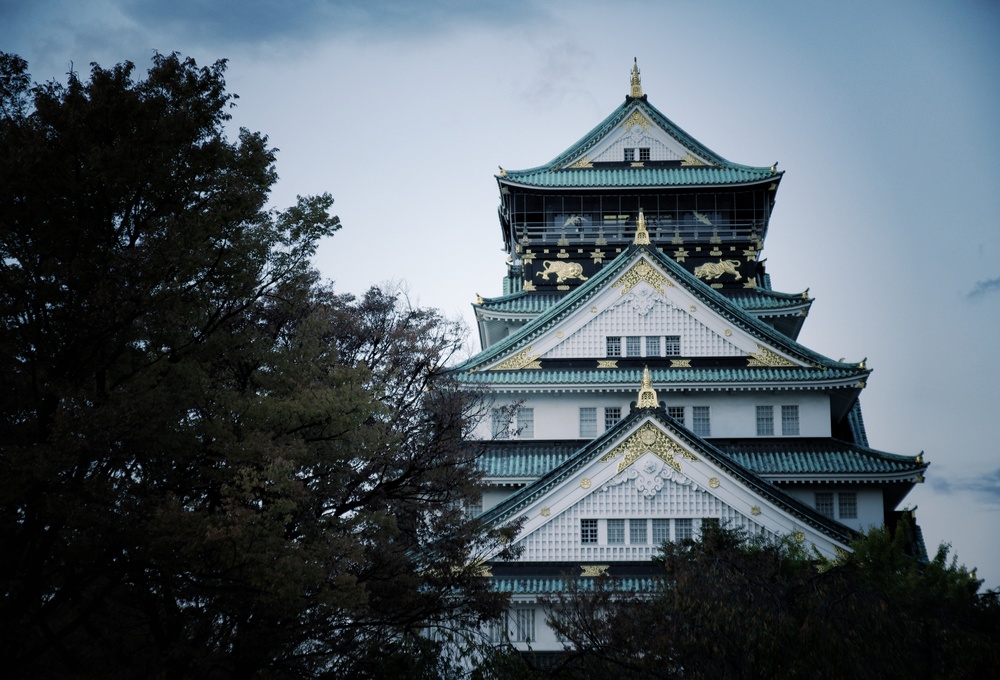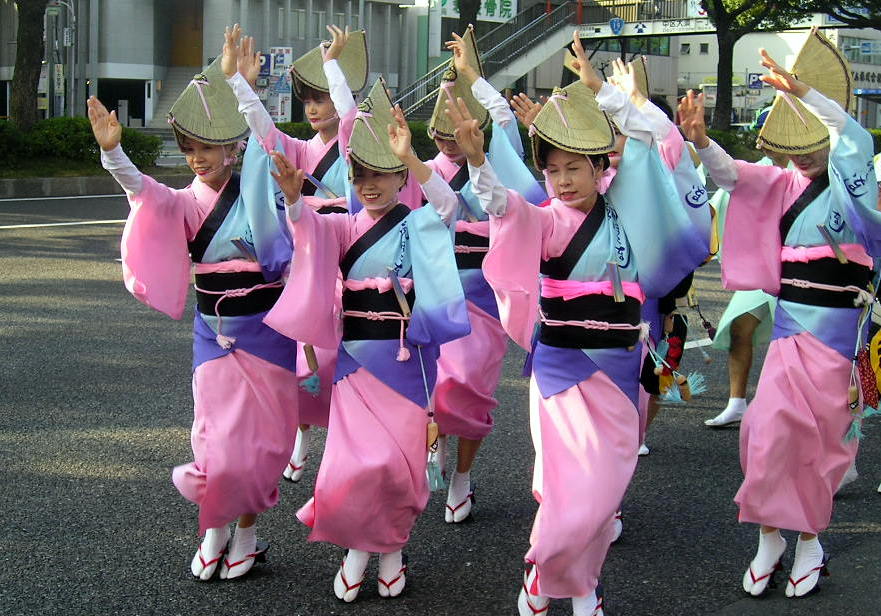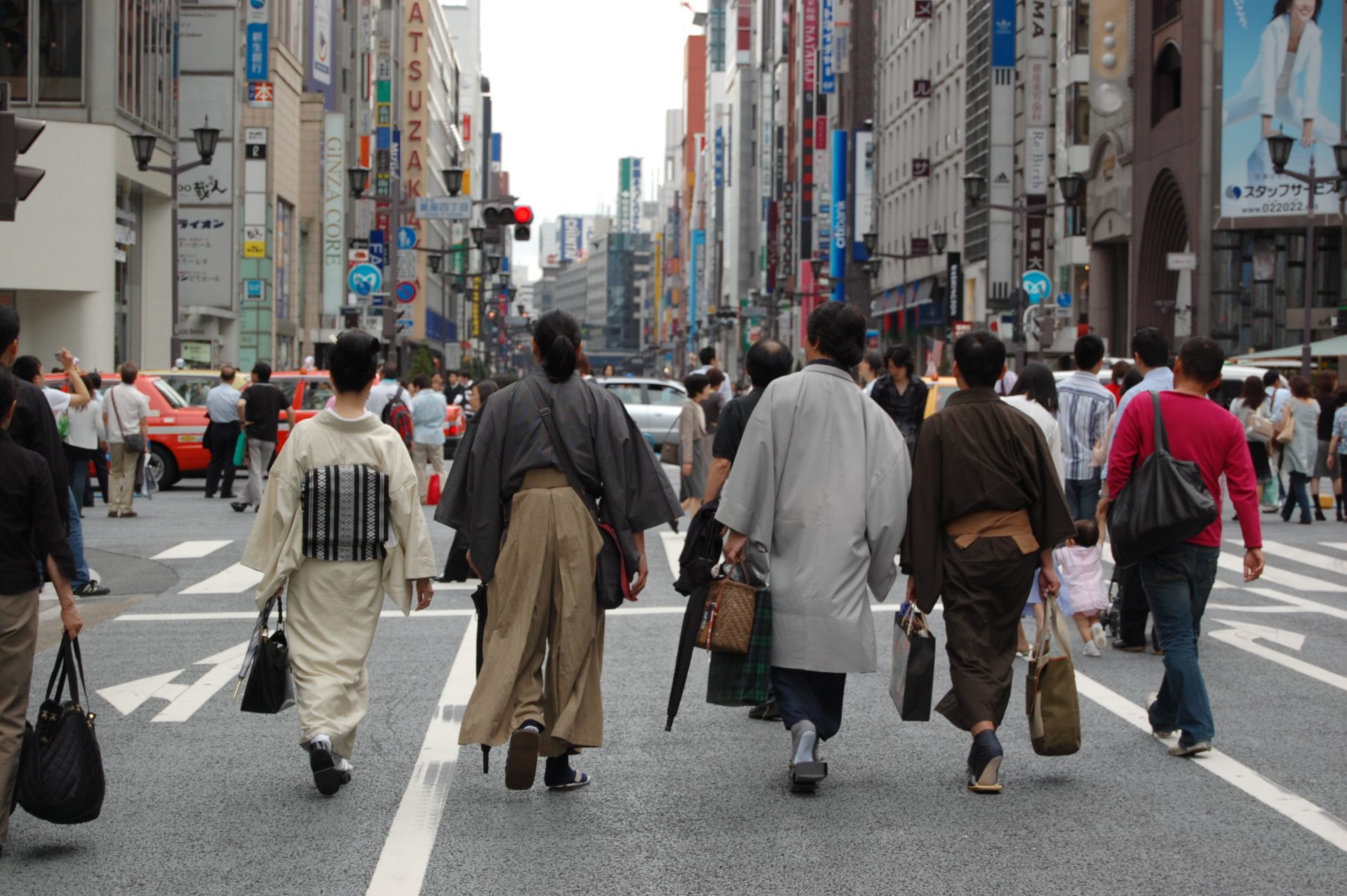When you’re exposed to the visual wonders of anime, manga, J-pop and J-drama, and when you’re on a steady diet of sushi, tempura, teriyaki and ramen, you’d probably believe you know all there is to know about Japan. But once you take your trip to Japan and when your plane touches down on this land of the rising sun, you’d soon discover that what you know is nothing compared to the fascinating spectacle laid out before you.
Japan is a heady mixture of the ultra-modern and the ultra-traditional, a country truly worth the time to explore. When you’re in Japan, you must not miss these 12 stops:
Tokyo

Japan’s capital city and one of the largest metropolises in the world is a constant frenzy of bright lights and massive crowds. But while the main streets are dazzling with cityscapes and frenetic activity, the backstreets – with their wooden houses and local parks and temples – will give you a quiet glimpse of Japanese traditional living.
Kyoto

Kyoto was once the imperial capital of Japan. But while Tokyo is energetic and ever-changing, Kyoto remains sedate and deeply rooted, the very embodiment of Japan’s highly refined classical traditions. Kyoto is a treasure trove of ancient temples, palaces and gardens.
Kamakura

Kamakura was the seat of power when the shoguns still ruled Japan, and these warlords have left behind a legacy of temples and shrines scattered across the city. Most famous of these shrines is Kotoku-in, home to the bronze Amida Buddha statue sitting outdoors.
Osaka

Osaka is one of the largest cities in the world. It’s also Japan’s friendliest. Its easy-going people and exciting urban sprawl have attracted many gaijin to stay and make the city their home. Though the city is well-known for its nightlife, cuisine and pop culture, the looming Osaka Castle is a reminder of the city’s ancient and colorful past.
Nagoya

Completely rebuilt after World War II, Nagoya is an industrial city often seen as a lot less intimidating introduction to Japan for foreigners than dizzying Tokyo or staid Osaka. Nagoya is the home of the Toyota Group, one of the largest conglomerates in the world.
Nara

The ancient city of Nara is widely considered by historians to be the birthplace of Japanese civilization. It’s a lovely city to explore on foot, providing a great many picturesque sights from ancient temples and gardens. A spot you must also not miss on your trip to Japan is Nara Park where you get to interact with charming deers.
Hiroshima

Hiroshima was the first city to be devastated by a nuclear bomb at the closing of the Second World War. The city has since risen from the destruction and now stands as a symbol for peace, as evidenced by its most famous attraction: the Peace Memorial Park and Museum.
Okinawa

Okinawa is to Japan what Hawaii is to the US: a playground of beaches, sunny weather, amazing food, and hospitable people. This southernmost region of Japan is a popular getaway for both foreigners and locals who wish to savour Japan’s beach life.
Himeji

This spot is a quiet and quaint little town, but it’s certainly a must-see for people who love castles and are avid students of Japanese history. In the city stands the famous Himeji Castle, the finest of the 12 surviving feudal castles in Japan.
Ise

Ise is a temple town, home to the most sacred of Shinto temples: the Ise Grand Shrine. While the town itself may seem ordinary to first-time visitors, this impression is sure to change once they breathe in the mystical air within the Shrine itself.
Nagasaki

The second of two Japanese cities struck by an atomic bomb, Nagasaki has since rebuilt itself as a cosmopolitan port city. Expect an easy-going atmosphere, carrying on its ancient reputation as Japan’s melting pot. Its numerous monuments to peace, such as the Peace Park and Atomic Bomb Museum. However, serve as reminders of the city’s dark past.
Hiraizumi

Hiraizumi was the subject of a famous haiku by the poet Basho: “Ah, summer grasses! All that remains of warriors’ dreams.” The town was once an important city under the aegis of the powerful Fujiwara clan. However, when that family fell, so did the city. The Fujiwara nonetheless left many important historical treasures now protected as a UNESCO Heritage Site.
These are just 12 of the most fascinating places to visit on your trip to Japan. There are so many, many more. Begin your Japan exploration by booking your trip today or read up on other things to do in Japan here.


Leave a reply